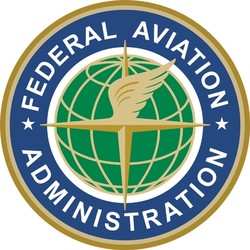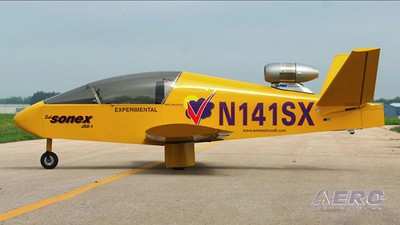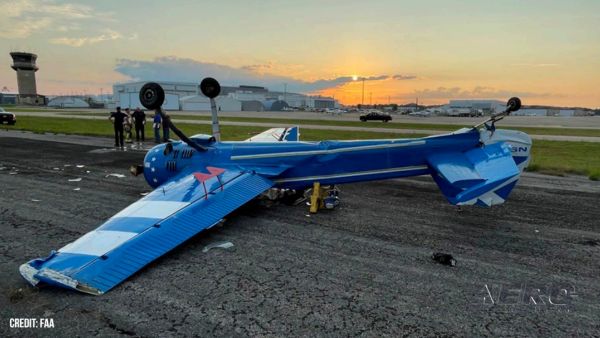Pilots Of Single-Place And Experimental Jets Given A Reprieve
From Proficiency Check Requirements
 The
FAA has listened to those commenting on its proposed changes to FAR
Section 61.85 and has proposed an amendment to the new rule pushing
back the implementation of proficiency check requirements for
pilots of single-place and experimental turbojets for a year.
The
FAA has listened to those commenting on its proposed changes to FAR
Section 61.85 and has proposed an amendment to the new rule pushing
back the implementation of proficiency check requirements for
pilots of single-place and experimental turbojets for a year.
In a final rule published on August 31, 2011 (76 FR 54095). In
that rule, the FAA amended its regulations to revise the pilot,
flight instructor, and pilot school certification requirements. In
particular, the FAA expanded the obligation for a pilot-in-command
(PIC) proficiency check to pilots of all turbojet-powered aircraft.
This expansion included single-pilot turbojet-powered aircraft and,
with some exceptions, also included turbojet-powered experimental
aircraft. The FAA intended, and those that commented on the
proposed rule expected, a period that would allow pilots of these
aircraft sufficient time to come into compliance with the new PIC
requirement.
As part of the final rule, the FAA revised Sec. 61.58 to extend
the requirements for PIC proficiency checks. Prior to the final
rule, this section only required PIC proficiency checks for pilots
acting as PIC in aircraft that were type certificated for more than
one pilot flight crewmember. In the Notice of Proposed Rulemaking
(NPRM) published on August 31, 2009 (74 FR 44779), the FAA proposed
to extend the Sec. 61.58 PIC proficiency check requirements to
pilots acting as PIC of any turbojet powered aircraft. The FAA
received a significant amount of comments opposing the proposed
rule as written due to the impact it would have on pilots operating
experimental jets. Based on the comments, the FAA intentionally
included the Sec. 61.58 PIC proficiency check requirements
for pilots operating experimental turbojet-powered aircraft.
However, pilots operating experimental aircraft that possessed only
one seat through original design or through modification were
excepted from these requirements, and pilots of other experimental
turbo-jet powered aircraft were given several alternative means of
compliance with the Sec. 61.58 proficiency check requirements.
In contrast to the comments regarding experimental jets, the FAA
did not receive any comments during the NPRM phase expressing
resistance to Sec. 61.58 PIC proficiency checks for pilots of
standard category, single-piloted turbojet-powered aircraft. In
fact, several of the commenters expressed the opinion that the
proposal was appropriate for standard category aircraft that are
type certificated to be flown by a single pilot. The FAA
intentionally included the Sec. 61.58 PIC proficiency check
requirements for pilots that operate a standard category turbojet
aircraft to receive proficiency.

Prior to the final rule, pilots of these aircraft were not
required to comply with the provisions of Sec. 61.58; however, the
final rule did not include the intended and necessary transition
period for these pilots to come into compliance.
In the amendment, the FAA has re-written Sec. 61.58 so that a
pilot-in-command of a turbojet powered aircraft that is type
certificated for one pilot does not have to comply with the
pilot-in-command proficiency check requirements in paragraphs
(a)(1) and (a)(2) of this section until October 31, 2012. Further,
unless required by the aircraft's operating limitations, a
pilot-in-command of an experimental turbojet-powered aircraft does
not have to comply with the pilot-in-command proficiency check
requirements in paragraphs (a)(1) and (a)(2) of this section until
October 31, 2012.
 Oshkosh Memories: An Aero-News Stringer Perspective
Oshkosh Memories: An Aero-News Stringer Perspective NTSB Prelim: Diamond Aircraft Ind Inc DA 40 NG
NTSB Prelim: Diamond Aircraft Ind Inc DA 40 NG Classic Aero-TV: US Airways Jeff Skiles-Making History and Looking To The Future
Classic Aero-TV: US Airways Jeff Skiles-Making History and Looking To The Future Aero-News: Quote of the Day (05.26.25)
Aero-News: Quote of the Day (05.26.25) ANN's Daily Aero-Term (05.26.25): Fuel Remaining
ANN's Daily Aero-Term (05.26.25): Fuel Remaining




